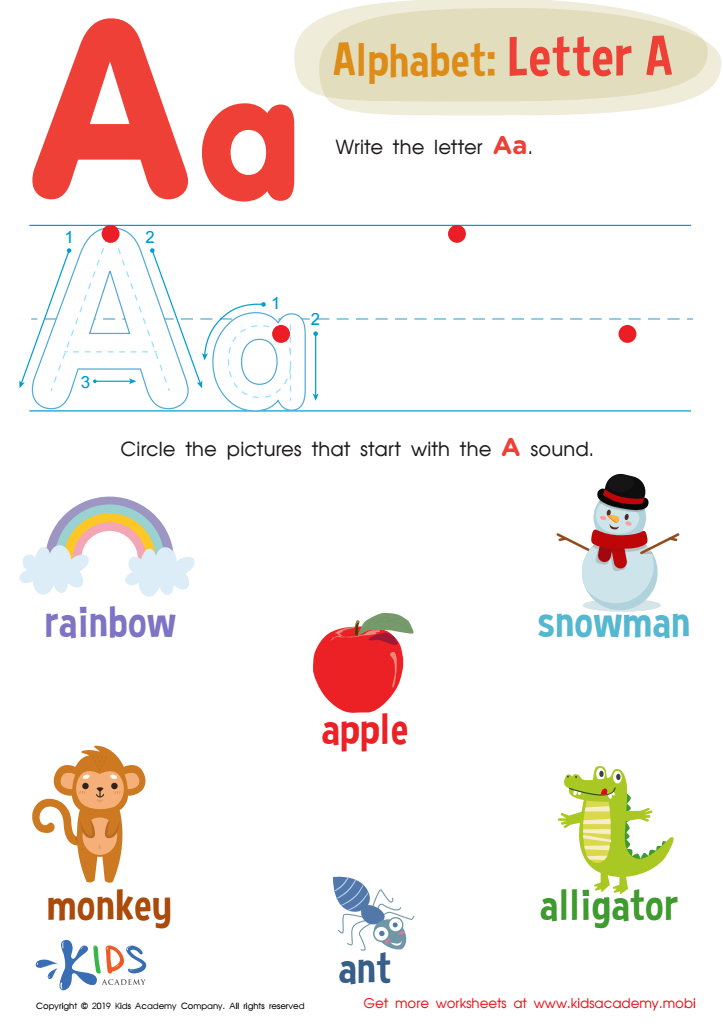Alphabet tracing Normal Letter Recognition Worksheets for Ages 3-9
5 filtered results
-
From - To
Introduce your child to the world of letters with our Alphabet Tracing Normal Letter Recognition Worksheets, perfect for ages 3-9. These engaging and educational printables are designed to aid preschool and early grade students in mastering letter recognition and writing skills through fun tracing activities. Each worksheet features clear, printable letter outlines that kids can effortlessly trace to build muscle memory and develop fine motor skills. Enhance your child’s learning experience with a library of worksheets tailored to improve literacy, making education both effective and enjoyable. Prepare your child for academic success with Kids Academy’s expertly crafted tracing exercises!


Letter P Tracing Page


Letter Q Tracing Page


Letter H Tracing Page


Letter A Tracing Worksheet


Letter D Tracing Page
Alphabet tracing and normal letter recognition are foundational skills essential for a child's early literacy and overall academic success. Parents and teachers should prioritize these activities for several compelling reasons. First and foremost, alphabet tracing helps young children develop fine motor skills, which are crucial for writing. The act of tracing requires children to control the movement of their fingers and hands, thereby enhancing their dexterity and coordination.
Additionally, regular practice in letter recognition fosters cognitive development by helping children understand the relationship between letters and sounds. This understanding is critical for phonemic awareness, an essential component of learning to read. When children recognize letters and their corresponding sounds, they can decode new words more easily, thereby improving their reading proficiency.
Moreover, early success in these activities can boost a child's confidence and motivation. Positive experiences with early literacy tasks set the stage for a lifelong love of learning and reading. Alphabet tracing and letter recognition activities also allow for one-on-one bonding time between parents and children, strengthening familial relationships and providing a supportive environment for learning.
In classrooms, teachers can better assess individual student's strengths and areas needing improvement through these exercises. This targeted insight enables more personalized instruction, helping all students achieve their maximum potential.
 Assign to My Students
Assign to My Students















